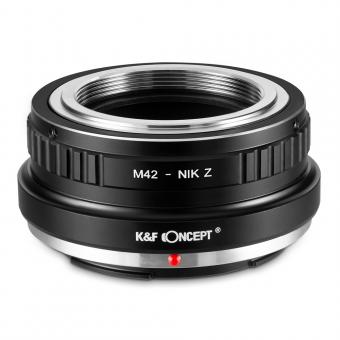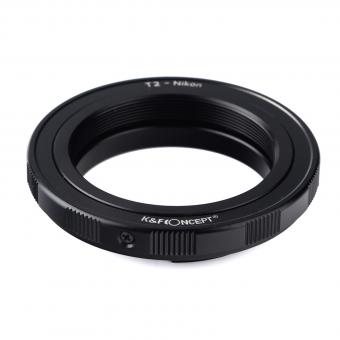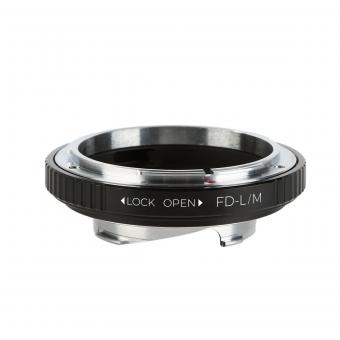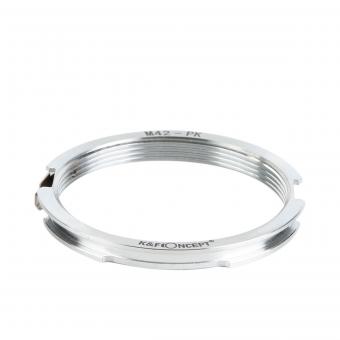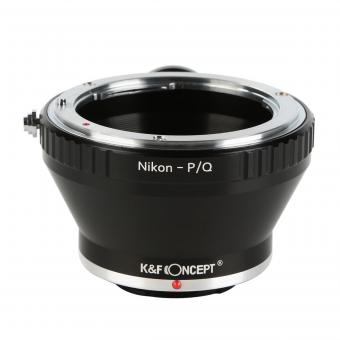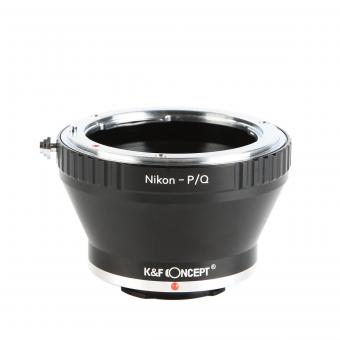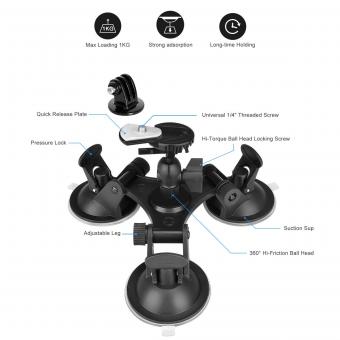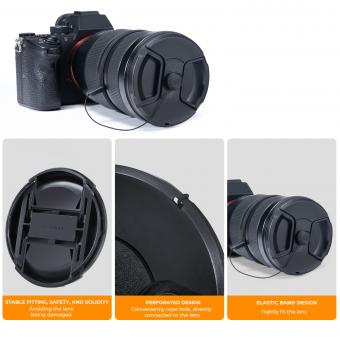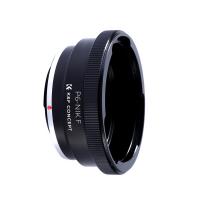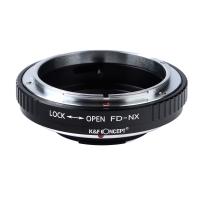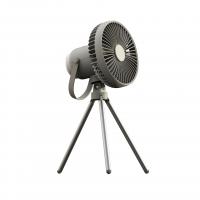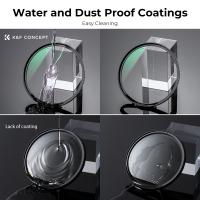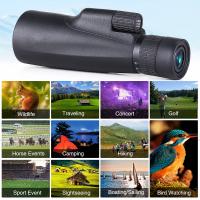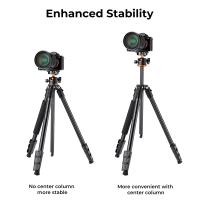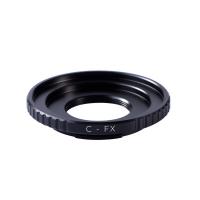How To Obtain Surveilence Camera Licences ?
The process for obtaining surveillance camera licenses may vary depending on the jurisdiction. Generally, individuals or businesses interested in installing surveillance cameras may need to follow certain steps. This can include submitting an application to the appropriate government agency, providing details about the purpose and location of the cameras, and paying any required fees. Additionally, there may be specific regulations or guidelines that need to be followed, such as ensuring the cameras are installed in compliance with privacy laws and obtaining consent from individuals being recorded. It is important to consult the local laws and regulations in your specific area to understand the exact requirements for obtaining surveillance camera licenses.
1、 Legal requirements for obtaining surveillance camera licenses
Legal requirements for obtaining surveillance camera licenses vary depending on the jurisdiction and the specific purpose of the surveillance. However, here are some general guidelines on how to obtain surveillance camera licenses:
1. Research the laws and regulations: Start by familiarizing yourself with the laws and regulations governing surveillance cameras in your jurisdiction. These laws may vary from country to country and even within different states or provinces.
2. Determine the purpose of surveillance: Identify the specific purpose for which you need surveillance cameras. This could be for security purposes, public safety, traffic monitoring, or any other legitimate reason. Different purposes may have different requirements and restrictions.
3. Obtain necessary permits and permissions: In many cases, you will need to obtain permits or permissions from the relevant authorities. This may include local law enforcement agencies, city councils, or government departments responsible for overseeing surveillance activities.
4. Comply with privacy laws: Ensure that your surveillance activities comply with privacy laws and regulations. This may include obtaining consent from individuals being recorded, displaying signage indicating the presence of surveillance cameras, and implementing measures to protect the privacy of individuals.
5. Install and maintain cameras according to regulations: Follow the specific regulations regarding the installation, placement, and maintenance of surveillance cameras. This may include guidelines on camera resolution, recording duration, data storage, and access control.
It is important to note that the legal requirements for surveillance camera licenses are constantly evolving, especially with the advancements in technology and concerns over privacy. Therefore, it is advisable to consult with legal professionals or relevant authorities to ensure compliance with the latest regulations in your jurisdiction.

2、 Application process for surveillance camera licenses
The process of obtaining surveillance camera licenses varies depending on the jurisdiction and specific regulations in place. However, I can provide a general overview of the application process for surveillance camera licenses.
1. Research the regulations: Start by researching the specific regulations and requirements for surveillance camera licenses in your jurisdiction. This information can usually be found on the website of the relevant government department or law enforcement agency.
2. Complete the application form: Once you have familiarized yourself with the regulations, you will need to complete an application form. This form typically requires information about the purpose of the surveillance, the location of the cameras, and the duration of the surveillance.
3. Provide supporting documentation: Along with the application form, you may be required to submit supporting documentation. This can include a detailed surveillance plan, a map of the camera locations, and any relevant permits or approvals from other authorities.
4. Pay the application fee: There is usually an application fee associated with obtaining a surveillance camera license. The fee amount will vary depending on the jurisdiction.
5. Await approval: After submitting your application, you will need to wait for it to be reviewed and approved. The processing time can vary, so it is important to plan accordingly.
6. Install and maintain the cameras: Once you have obtained the surveillance camera license, you can proceed with installing the cameras according to the approved plan. It is important to regularly maintain and update the cameras to ensure they are functioning properly and in compliance with regulations.
It is worth noting that the regulations surrounding surveillance camera licenses are constantly evolving, especially with the increasing use of technology such as facial recognition. Therefore, it is important to stay updated on the latest developments and comply with any new requirements or guidelines that may be introduced.
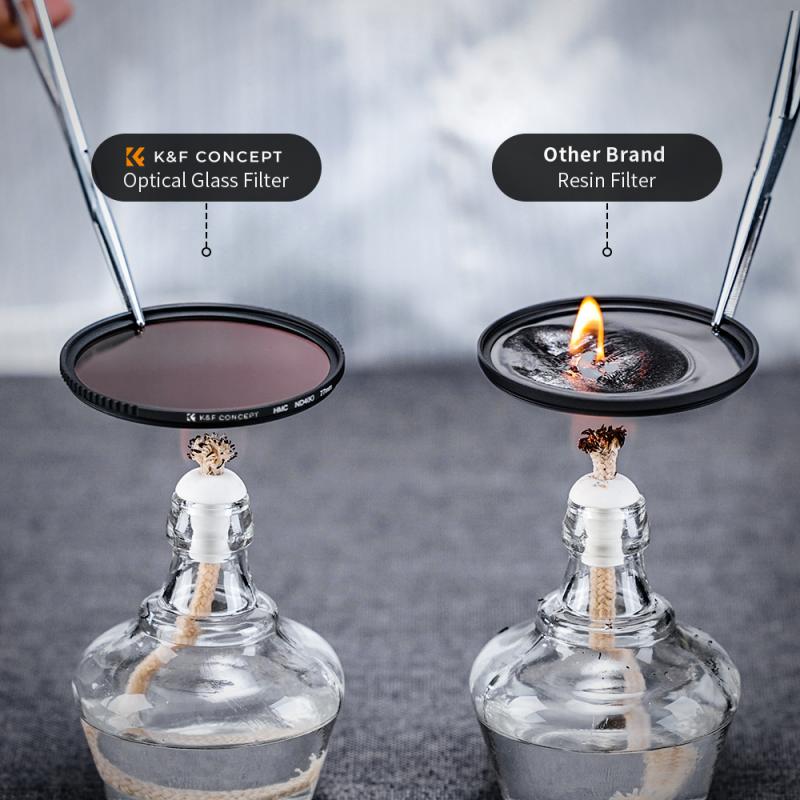
3、 Eligibility criteria for surveillance camera licenses
To obtain surveillance camera licenses, you will need to follow certain procedures and meet specific eligibility criteria. The exact requirements may vary depending on the jurisdiction, but here are some general guidelines:
1. Research the laws and regulations: Start by familiarizing yourself with the laws and regulations governing surveillance cameras in your jurisdiction. This will help you understand the specific requirements and procedures you need to follow.
2. Determine the purpose of surveillance: Clearly define the purpose for which you intend to use surveillance cameras. Common reasons include public safety, crime prevention, and protection of property. Ensure that your intended use aligns with the legal requirements and is justifiable.
3. Obtain necessary permissions: Depending on the jurisdiction, you may need to seek permission from relevant authorities such as local law enforcement agencies, city councils, or data protection authorities. They will assess your application and determine if your use of surveillance cameras is appropriate and lawful.
4. Install cameras according to regulations: Once you have obtained the necessary permissions, ensure that you install the surveillance cameras in compliance with the regulations. This may include adhering to specific technical specifications, ensuring privacy safeguards, and displaying appropriate signage.
5. Maintain records and comply with data protection laws: Keep detailed records of the surveillance activities, including the purpose, duration, and location of camera installations. Additionally, ensure that you comply with data protection laws by securely storing and handling any captured footage.
It is important to note that the eligibility criteria and regulations surrounding surveillance camera licenses are subject to change. Therefore, it is advisable to consult the latest guidelines and seek legal advice to ensure compliance with the most up-to-date requirements in your jurisdiction.
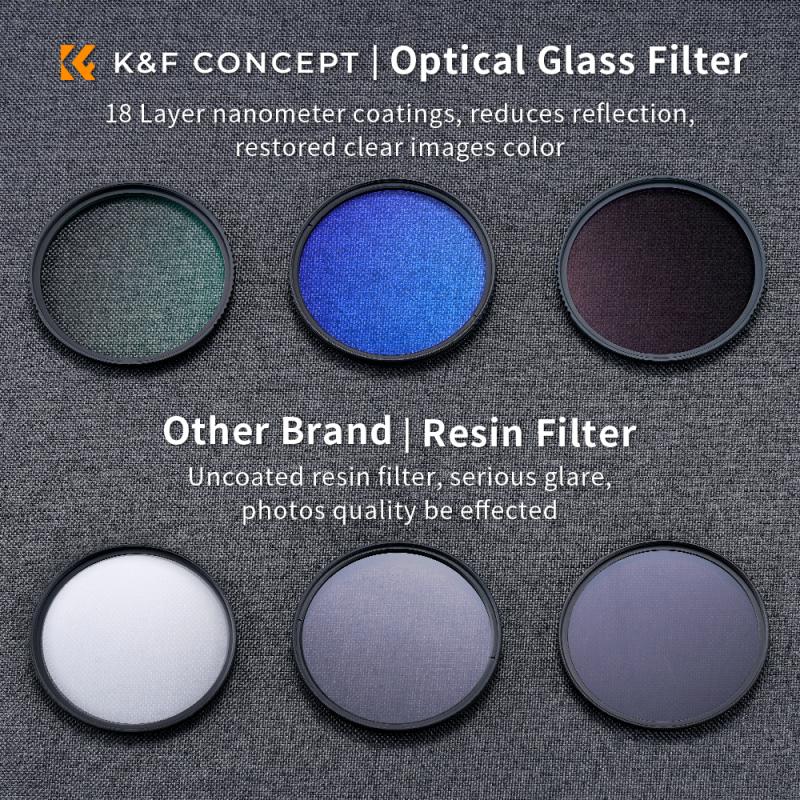
4、 Fees and costs associated with surveillance camera licenses
To obtain surveillance camera licenses, the specific requirements and procedures may vary depending on the jurisdiction. However, here is a general overview of the steps involved:
1. Research local regulations: Begin by researching the laws and regulations governing surveillance camera licenses in your area. Check with the local government or law enforcement agencies to understand the specific requirements, restrictions, and application process.
2. Determine the type of license: Different jurisdictions may have different types of surveillance camera licenses, such as residential, commercial, or public space licenses. Identify the appropriate license category based on your needs.
3. Complete the application: Once you have identified the correct license category, complete the application form provided by the relevant authority. The application may require information about the purpose of surveillance, camera specifications, installation plans, and contact details.
4. Provide supporting documents: Along with the application, you may need to submit supporting documents such as identification proof, property ownership documents, floor plans, and any other relevant permits or certifications.
5. Pay the fees: Surveillance camera licenses often involve fees and costs. The amount can vary depending on the jurisdiction and the number of cameras being installed. The fees may cover the application processing, inspection, and ongoing maintenance of the surveillance system.
6. Inspection and approval: After submitting the application and paying the fees, the relevant authority may conduct an inspection of the premises to ensure compliance with regulations. Once the inspection is successful, the license will be issued.
It is important to note that the latest point of view on surveillance camera licenses is influenced by the increasing concerns over privacy and data protection. Some jurisdictions have introduced stricter regulations to ensure that surveillance systems are used responsibly and in compliance with privacy laws. Therefore, it is crucial to stay updated with the latest regulations and guidelines in your area to ensure compliance and avoid any legal issues.






